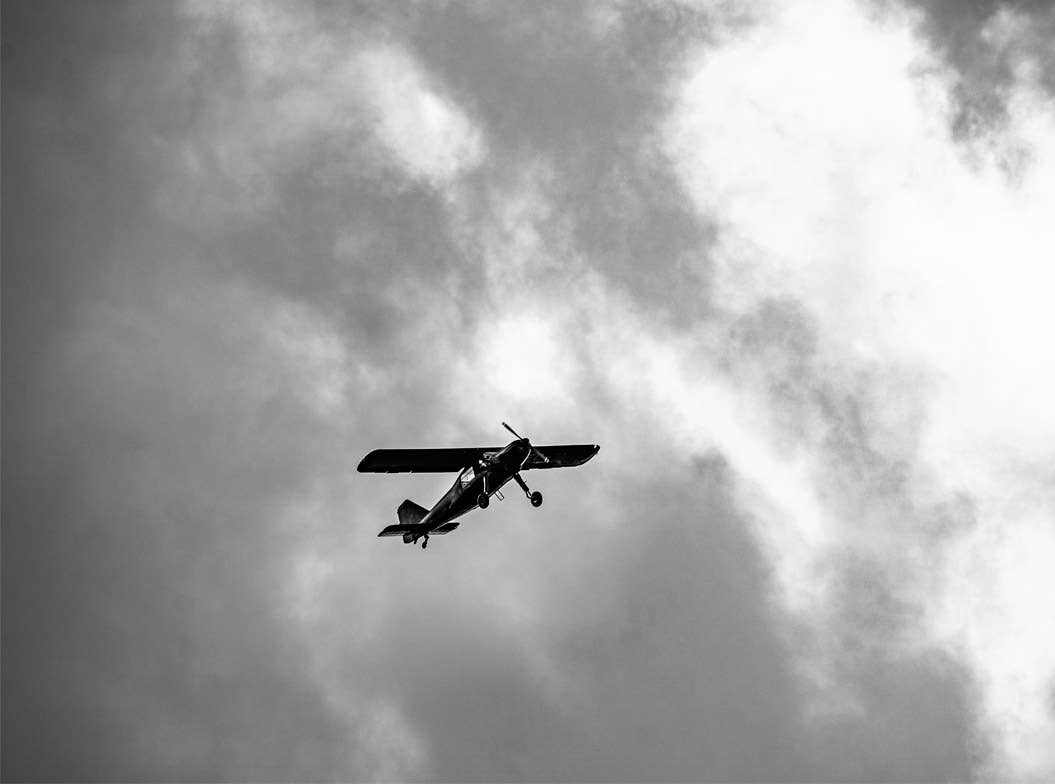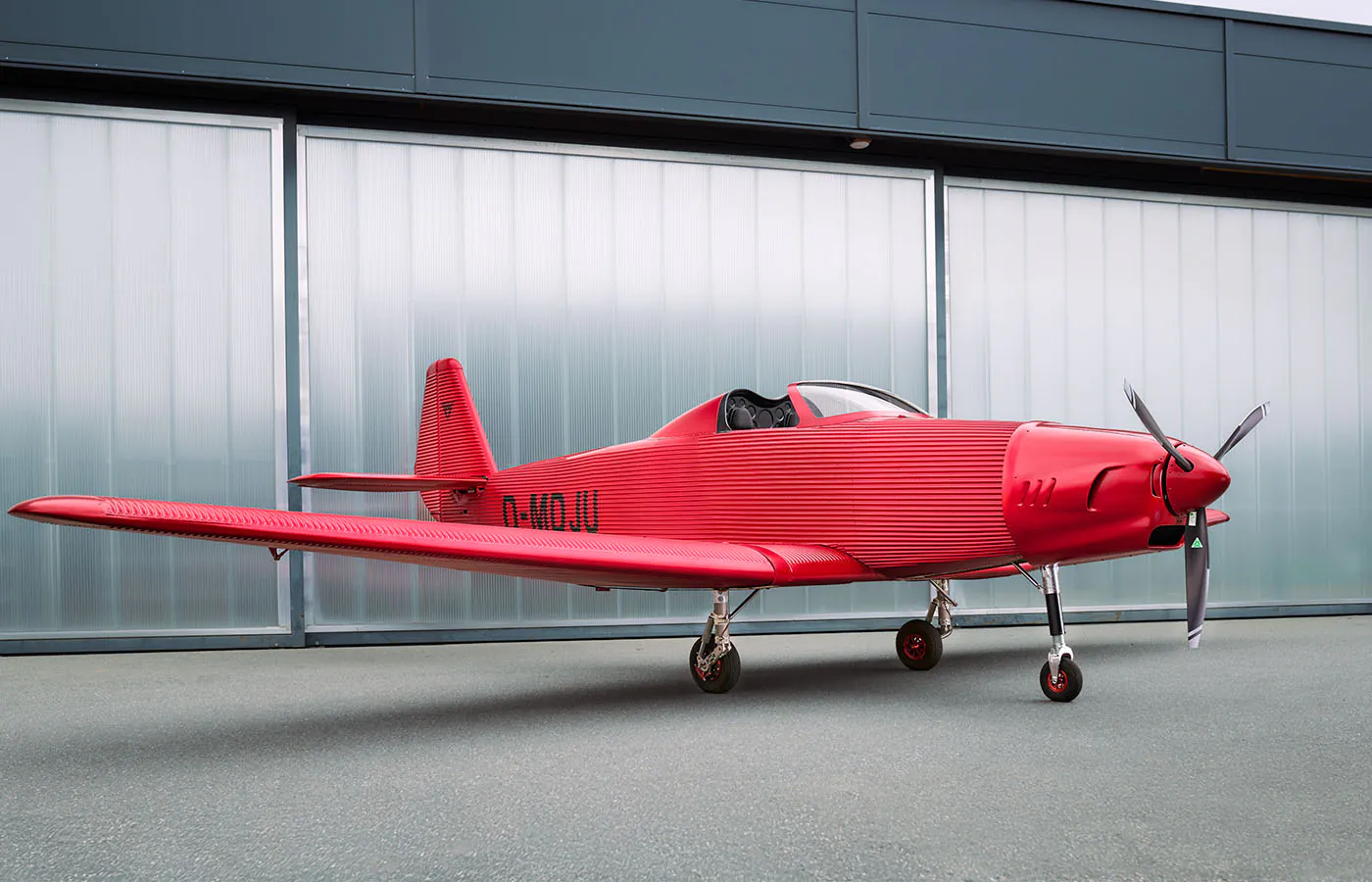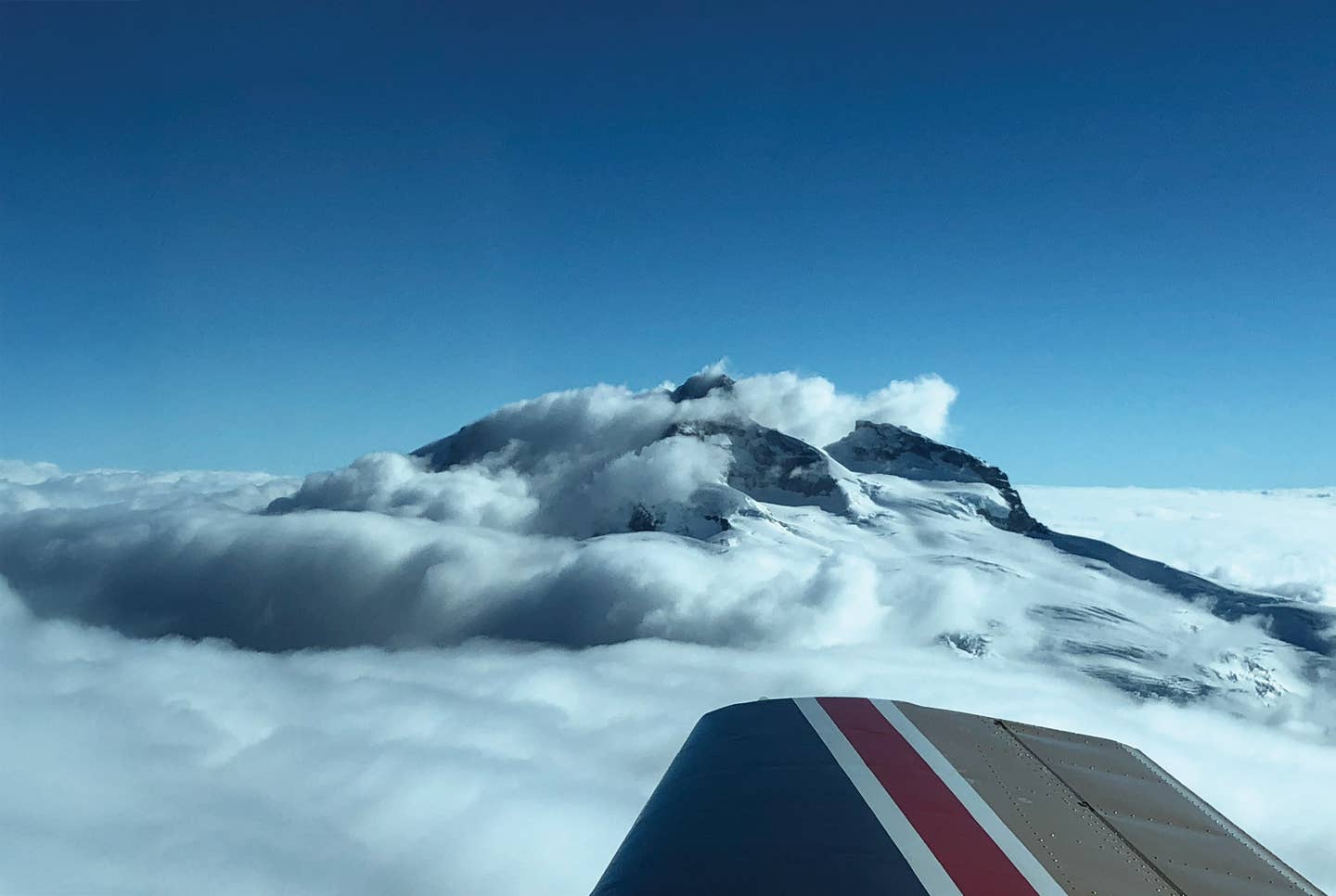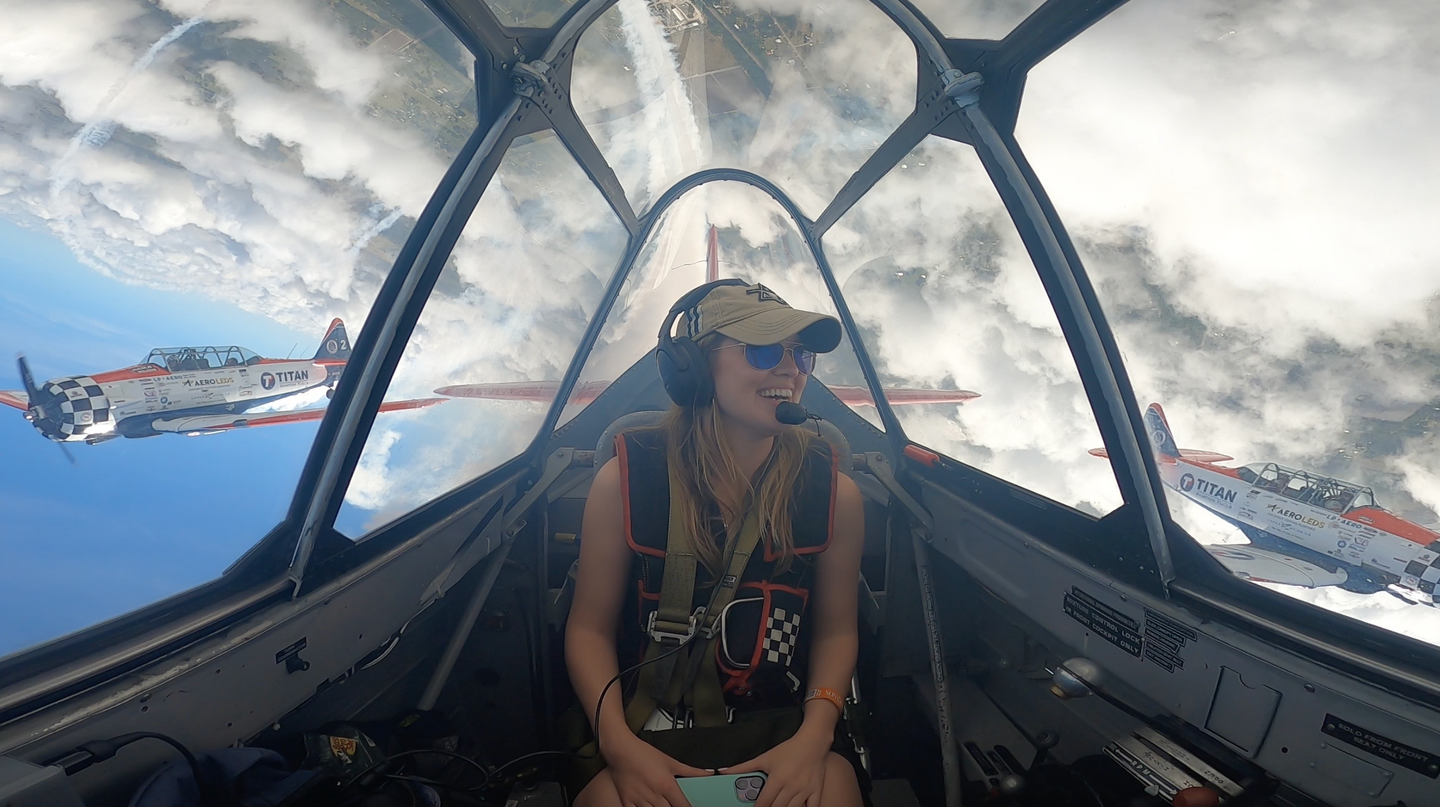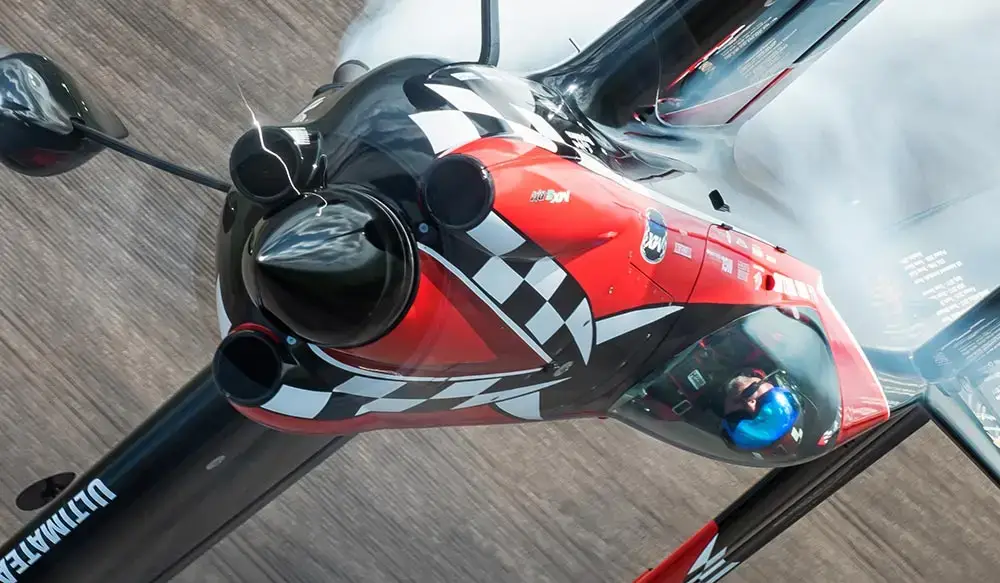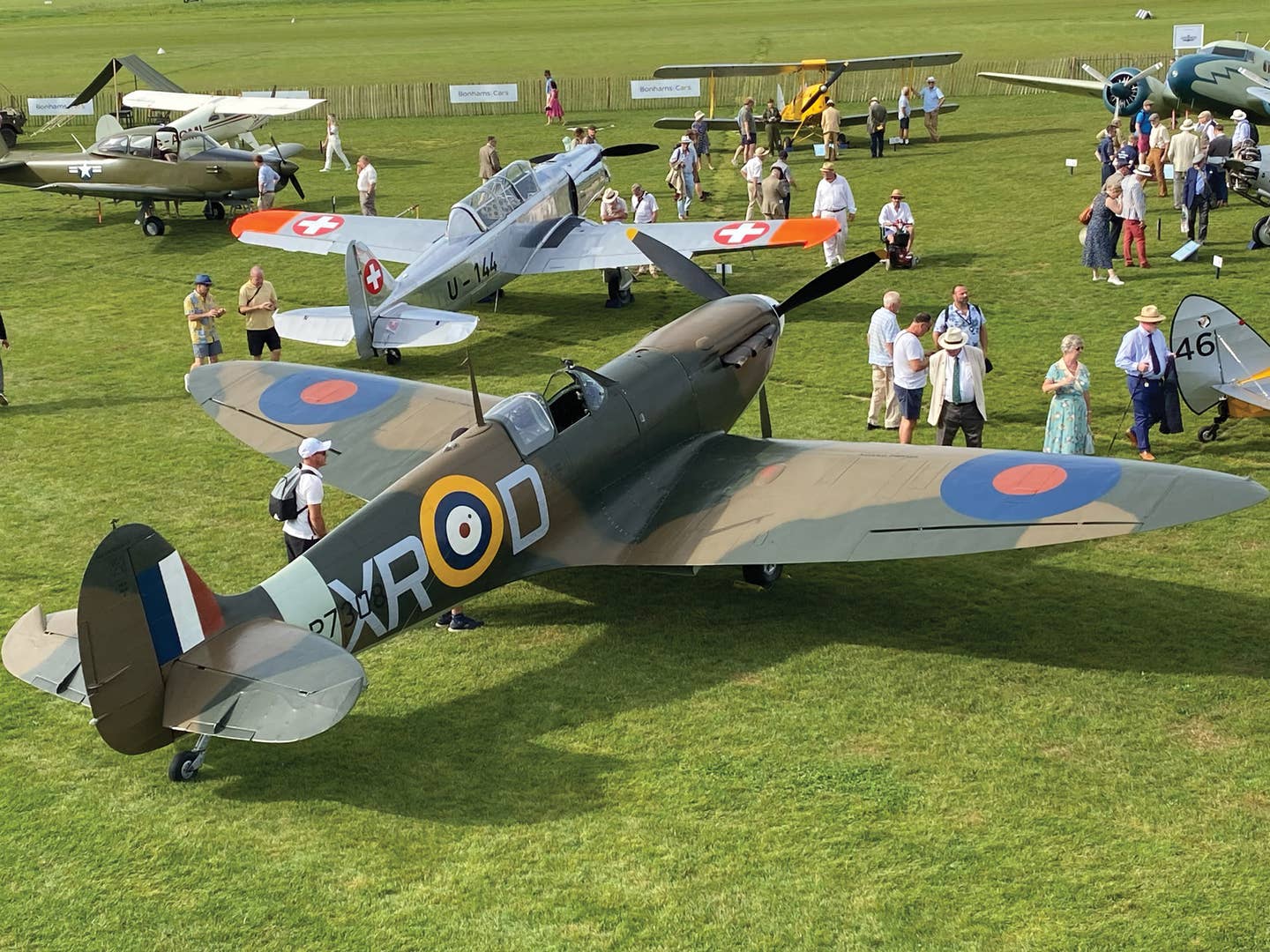
Photos: Dave Unwin
With the dollar as strong as it is against the pound, has there ever been a better time for a flying visit to England? Probably not. So, why should you come and fly here? What’s the same and what’s different?
Obviously, the main similarity will be the actual aeroplanes (er, airplanes) you’ll fly. You might run into the odd Tecnam or Aquila, or maybe a Sonaca or Chipmunk, but they’re mostly going to be Cessnas and Pipers. Obviously rental requirements vary widely, but a good local checkout will be money well spent anyway. Brace yourself for some big numbers, even for little planes. A Cessna 152 dual anywhere near London will be north of 200 pounds an hour ($252). Hopefully you know a benevolent brother, altruistic acquaintance, or philanthropic pilot who is prepared to lend you his personal flying machine.
And what’s different?
Well, the airspace is very different in Britain. It’s not even remotely joined up, and we still hang onto several antiquated practices such as overhead joins (so that you can see the signal square), the Q-code (introduced in 1909 to truncate Morse messages), overly complex altimetry, and torturous radio techniques.
Even the term RTF (for radio telephony) is antiquated. Personally, I find the U.K. system of air/ground (radio), FISO (information) and a proper controller in a tower ambiguous and potentially dangerous, particularly when an overzealous (or officious) A/G operator or FISO oversteps their remit.
I much prefer the American system, where you’re either being controlled by an appropriately licensed FAA employee in a tower or operating on unicom and simply communicating with other pilots. You will also find many airfields’ websites have “tower@” as their email addresses. Note that this no more makes it an airfield with a tower than buying four gold bars from your favorite pilot shop makes you a captain.
Other oddities include PPR (prior permission required), which requires you to telephone ahead and say you’re coming, and the fact that practically every controller you talk to will expect chapter and verse, even though you were handed over by the previous controller. Do not mix up your QNH, QFE, or your QSYs. (QNH sets the altimeter to msl, QFE to the destination field elevation so the altimeter will read zero upon landing. QSY indicates a radio frequency change.) Apart from the usual position report, you may be asked for people on board, departure and destination, fuel remaining…ad nauseam.
For planning and navigating, I can recommend the excellent SkyDemon. Other irritations may be not only landing fees but being charged for a practice approach (even if you don’t actually touch the tarmac) and the price of fuel. Many airfields have quite complicated bespoke circuits (patterns) for noise abatement, and some are so ridiculously large that not only will you be well outside gliding range on the downwind, but as you turn base it may no longer be possible to see the airfield. And speaking of tarmac, be prepared to meet some very crumbly taxiways and shabby runways.
Assuming I haven’t managed to put you off yet, now let’s look at the positives.
For the purposes of this article we will assume that your long-lost cousin has decided to lend you his Piper PA-28-140. First, there are plenty of good airfields, and loads of lovely grass airstrips. However, many of these airfields will be much shorter than you may be used to. In a modest-performance airplane like the Cherokee 140, be careful choosing your destination—although you may well get in, you won’t necessarily get out. Also, it being Britain, there’s a good chance the grass will be wet, which will negatively affect takeoff and landing performance.
There are also literally hundreds of what we call “farm strips.” But again, most of these will be impractical for a Cherokee 140. Secondly, and unlike in America, nowhere in Britain is that far away by airplane, though you must bear in mind that the weather can be truly capricious, as Britain is an island. That said, it never really gets that hot, or that cold—just changeable.
There is so much to see. Unlike America, where in some states you can fly for what seems like hours and not much changes, in Britain the landscape is constantly changing—sometimes subtly, sometimes dramatically. For example, barely 60 miles separate the gentle Cotswolds from the rugged Brecon Beacons.
If you had relatives that flew from Britain, either during World War II or the Cold War, you may enjoy seeking out their old base. In fact, while flying around Lincolnshire and East Anglia, you’ll be amazed at how many old airfields you can find. I live in Lincolnshire, and in 1945 there were probably 50 airfields within a 50-mile radius of my house.
Quite a few airfields, such as Duxford, Old Warden, Yeovilton, East Fortune, and Cosford can all be visited by air, though all require prior permission. Others host huge events, such as the famous Revival and Festival of Speed, both classic car events held at Goodwood. Indeed, there are a lot of events throughout the summer, from huge airshows to quaint fly-ins. There’s at least one every weekend in summer, scattered throughout Britain. There are even off-airfield shows, like the Midlands Air Festival.
And, of course, there are literally hundreds of castles and grand stately homes to admire from the sky, along with Roman roads, Bronze Age forts, Iron Age “chalk giants,” and plenty of architectural follies.
I took a delightful American couple flying last year. Mark was fascinated by all the old airfields within a 20-mile radius, while Julie adored such architectural delights as Harlaxton Manor, Burleigh House, and Grimsthorpe Castle, all within the same area.
Be under no illusions. The U.S. is undoubtedly the best country in the world for GA, but flying around the U.K. is fun and very pretty. Although the analogy of the myriad fields looking like a patchwork quilt is often overused, it is nevertheless an accurate description.
Perhaps the last word should go to a Canadian friend, Dave Gillespie, who has done a lot of flying in the U.S. and spent summer 2016 with his wife, Karen, flying his Chipmunk all around the U.K.
“Everything about flying in the U.K. is unique,” Gillespie said. “It has a quirkiness and a charm that reflects the people and the country.”
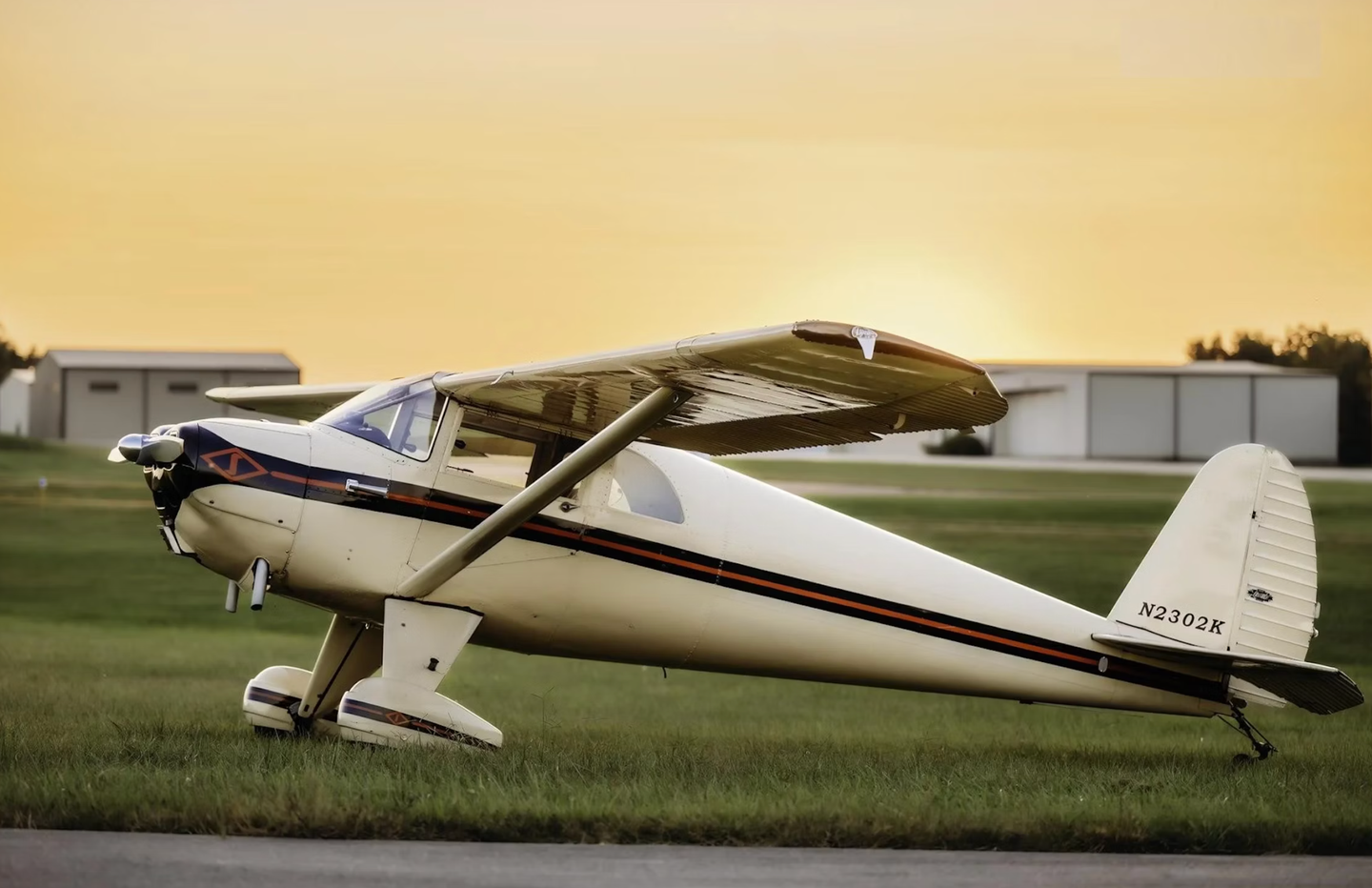
Subscribe to Our Newsletter
Get the latest Plane & Pilot Magazine stories delivered directly to your inbox

